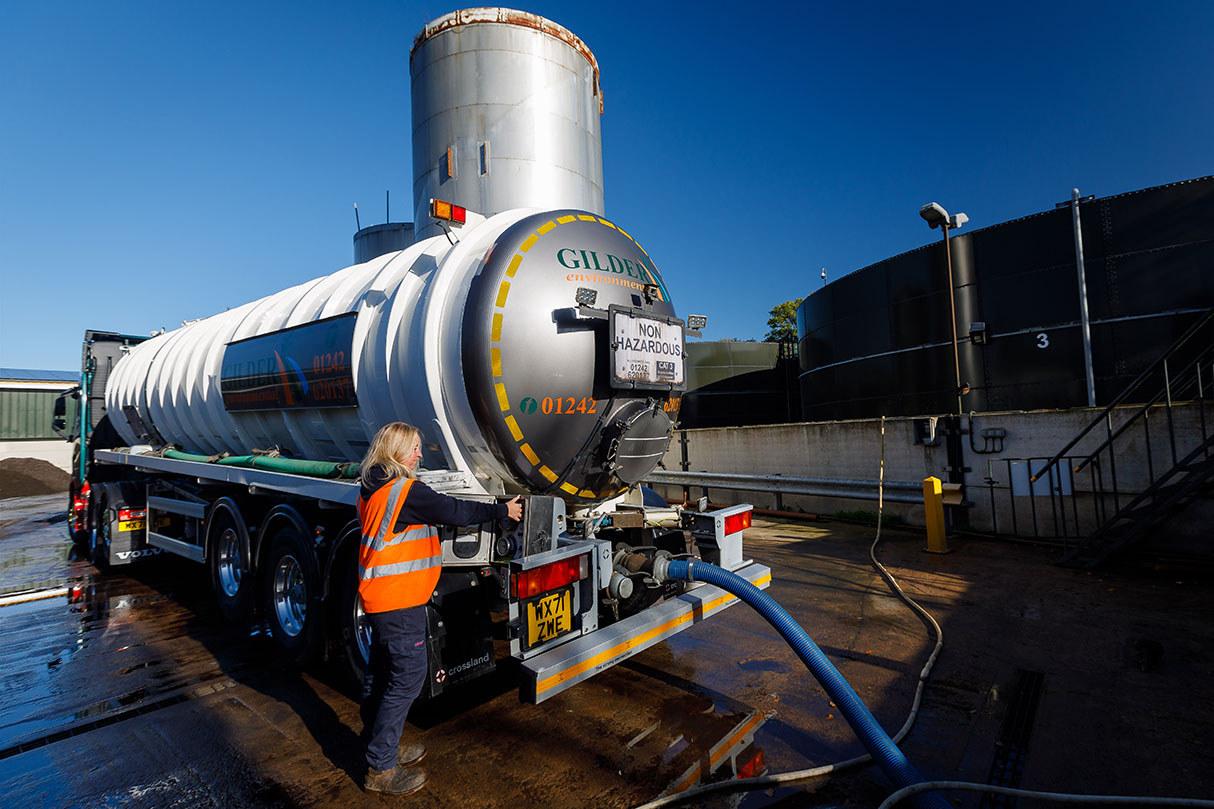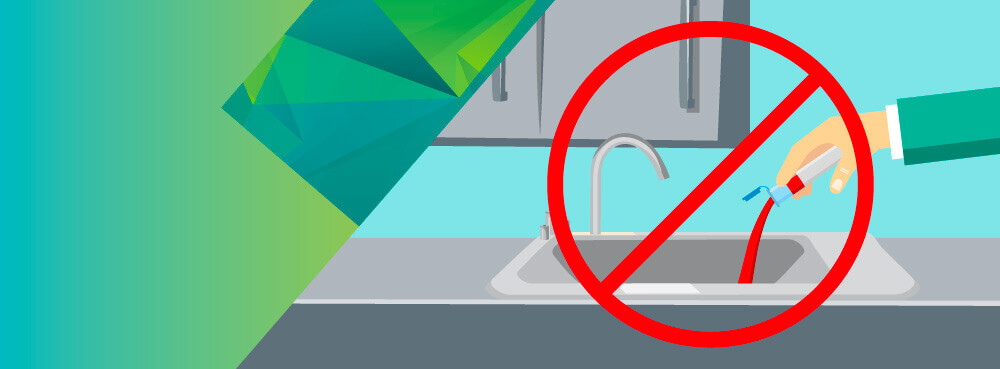Specialist Liquid Waste Removal Melbourne: Rapid and Inexpensive Services
Specialist Liquid Waste Removal Melbourne: Rapid and Inexpensive Services
Blog Article
How Fluid Garbage Disposal Functions: A Detailed Summary of Techniques and Technologies Utilized

Introduction of Liquid Waste Types
The complexity of fluid waste types demands a detailed understanding of their attributes and implications for disposal. Liquid waste can extensively be categorized right into numerous types, consisting of industrial, metropolitan, agricultural, and contaminated materials. Each classification exhibits distinct homes, requiring certain administration methods to mitigate ecological and health and wellness risks.
Industrial liquid waste stems from making processes and usually consists of a variety of contaminants, such as hefty metals, solvents, and natural compounds. Community fluid waste, largely consisting of wastewater from families and commercial facilities, includes raw material, nutrients, and pathogens (industrial wastewater treatment). Agricultural liquid waste, consisting of runoff from farms, may contain fertilizers, pesticides, and animal waste, presenting risks to water quality and ecological communities
Dangerous liquid waste is identified by its poisoning, sensitivity, or potential to cause injury. Understanding these diverse liquid waste kinds is crucial for establishing efficient disposal techniques and guaranteeing compliance with ecological guidelines.
Physical Therapy Approaches

Testing is the initial step, where larger bits and debris are eliminated from the fluid waste utilizing displays or grates. In sedimentation storage tanks, much heavier fragments clear up at the bottom, creating a sludge layer, while the clarified liquid can be additional dealt with.
Filtration is one more crucial approach that includes passing the liquid with permeable materials, such as sand or membrane layers, to record smaller sized fragments. This step enhances the high quality of the liquid, making it ideal for succeeding therapy processes.

Chemical Treatment Strategies
Chemical therapy methods are vital for effectively taking care of fluid waste, particularly in resolving dissolved and colloidal pollutants that physical approaches might not appropriately eliminate. These techniques utilize different chemical representatives to counteract, precipitate, or change dangerous materials right into much less damaging kinds.
One usual technique is coagulation and flocculation, where chemicals such as alum or ferric chloride are included in advertise the aggregation of suspended bits. This process improves sedimentation, permitting for easier elimination of the resulting sludge. In addition, oxidation processes, using representatives like chlorine or ozone, are used to damage down complicated natural compounds and virus, providing the waste much safer for discharge or additional treatment.
Neutralization is an additional critical strategy, which readjusts the pH of acidic or alkaline waste streams to neutral degrees, protecting against potential injury to downstream systems and the atmosphere. Moreover, advanced oxidation processes (AOPs) utilize mixes of oxidants and ultraviolet light to deteriorate persistent toxins, attaining a greater level of treatment effectiveness.
Organic Therapy Procedures
Biological therapy processes play an important role in the monitoring of fluid waste by making use of bacteria to break down organic issue and minimize pollutant degrees. These procedures can be broadly classified right into cardio and anaerobic therapies, each utilizing specific microbial areas to achieve effective waste degradation.
Aerobic treatment includes the usage of oxygen to help with the breakdown of natural products by microorganisms. This procedure is frequently carried out in triggered sludge systems, where oygenation storage tanks supply a favorable environment for microbial development, bring about the oxidation of natural contaminants. The resultant biomass can be separated from treated effluent via sedimentation.
On the other hand, anaerobic treatment happens in the lack of oxygen, depending on various microorganisms to damage down natural issue. This approach is specifically useful for high-strength waste, as it generates biogas, an eco-friendly power resource, while decreasing sludge manufacturing. Technologies such as anaerobic digesters are regularly used in local and commercial applications.
Both cardio and anaerobic biological treatments not only decrease the environmental effect of liquid waste but likewise help with source healing, making them essential elements of lasting waste management strategies. Their flexibility, performance, and efficiency sustain their extensive application across numerous sectors.
Emerging Technologies in Disposal
Ingenious techniques to fluid waste disposal are swiftly developing, driven by advancements in innovation and an enhancing focus on sustainability. Amongst these arising modern technologies, membrane bioreactors (MBRs) have actually acquired traction for their ability to incorporate biological treatment with membrane layer filtering, causing high-grade effluent that can be reused in numerous applications. MBRs allow smaller sized impacts and a lot more reliable operations compared to conventional systems.
One more promising development is the use of anaerobic food digestion incorporated with nutrient healing modern technologies, which not just treats liquid waste however likewise produces biogas and recuperates valuable nutrients like nitrogen and phosphorus. This double benefit enhances resource effectiveness and decreases environmental effect.
Additionally, progressed oxidation processes (AOPs) are being adopted for the degradation find more information of complicated organic contaminants. These techniques make use of powerful oxidants and drivers to damage down impurities at the molecular level, providing a very reliable solution for tough waste streams.
In addition, the integration of expert system and artificial intelligence in waste administration systems is read the full info here maximizing operational effectiveness and anticipating upkeep, causing minimized expenses and improved ecological compliance. These technologies mirror a considerable shift in the direction of even more sustainable and effective fluid waste disposal techniques.
Final Thought
In conclusion, effective liquid garbage disposal necessitates an extensive understanding of different strategies and innovations. The integration of physical, chemical, and organic treatment techniques ensures the efficient administration of diverse waste types. Furthermore, the appearance of ingenious modern technologies improves therapy effectiveness and advertises sustainability in waste administration methods. By continually progressing these methodologies, it ends up being feasible to deal with the expanding challenges connected with liquid waste, inevitably contributing to environmental management and resource healing.
Fluid waste disposal is a vital facet of ecological management, calling for a thorough understanding of numerous methods and innovations tailored to different waste types. Liquid waste can extensively be categorized into numerous types, including commercial, community, agricultural, and unsafe waste. Agricultural liquid waste, including overflow from farms, might include fertilizers, pesticides, and pet waste, posturing risks to water high quality and ecological communities.
Numerous physical therapy approaches play an important role in taking care of fluid waste properly Get More Information - industrial wastewater treatment.In final thought, reliable fluid waste disposal necessitates a thorough understanding of various strategies and modern technologies
Report this page